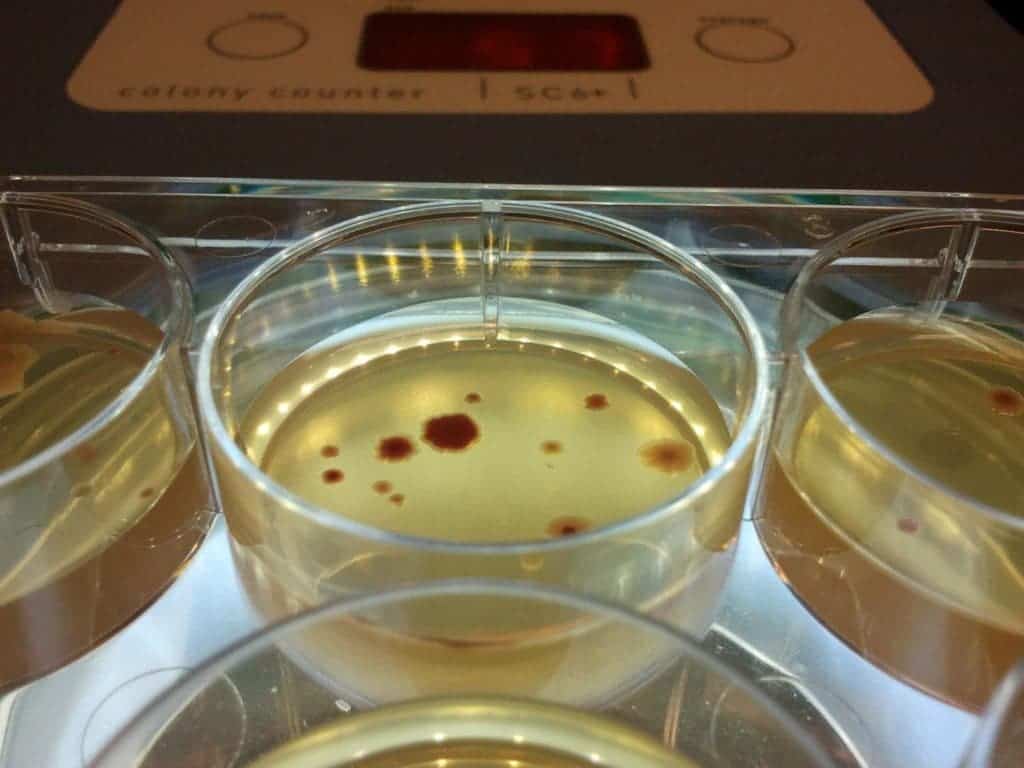No matter what kind of antibiotics we throw at bacteria, they develop some new mutation to survive it. It’s becoming a real problem, even common infections, like urinary tract infections, are becoming untreatable. It is becoming crucial to understand why this happens to learn how to prevent it. Researchers have found that lonely bacteria, that live at low densities, mutate to become resistant to antibiotics much quicker than densely-living bacteria.
A previous study had shown this finding to be true for the E. coli bacterium. Lonely bacteria were 10x more likely to mutate to become antibiotic resistant than bacteria in dense populaitons. However now, the researchers from the University of Manchester branched out and examined 68 studies of 26 species of bacteria and viruses. Together, they analysed 70 years of data. They found that all of these bacteria and viruses mutated more quickly when they were at lower densities. This finding is interesting by itself but actually extremely important when you think that these mutations are making these microbes more resistant.

‘Spontaneous mutations fuel evolution, but when that mutation leads to something more serious, such as resistance to antibiotics, it becomes an issue. According to the World Health Organisation (WHO), if resistance continues rise, by 2050 it would lead to 10 million people dying every year. That is why the particular mutations we looked at in the lab are those related to antibiotic resistance, ‘ said Dr Chris Knight, from the University’s Faculty of Science and Engineering and senior author of the study.
The environment really affects how the microbes mutate. If there are more bacteria, then they have less of chance of becoming resistant to antibiotics. In a way the result is counterintuitive, because you would think that if there are more of them then there is a higher chance of a mutation occurring by chance. The bacteria likely face more selective pressure when they are alone because it is more of a fight for survival.
Antibiotic resistance is a very serious and real threat. Some strains of microbes are cropping up are resistant to almost all the current antibiotics. They are evolving more quickly than we can create effective antibiotics. Millions of people could die if we don’t solve this problem. This discovery could help us to figure out the best way to tackle or prevent these resistant bacteria from arising.
Journal reference: Rok Krašovec, Huw Richards, Danna R. Gifford, Charlie Hatcher, Katy J. Faulkner, Roman V. Belavkin, Alastair Channon, Elizabeth Aston, Andrew J. McBain, Christopher G. Knight. 2017. ‘Spontaneous mutation rate is a plastic trait associated with population density across domains of life’. Plos Biology. https://doi.org/10.1371/journal.pbio.2002731



